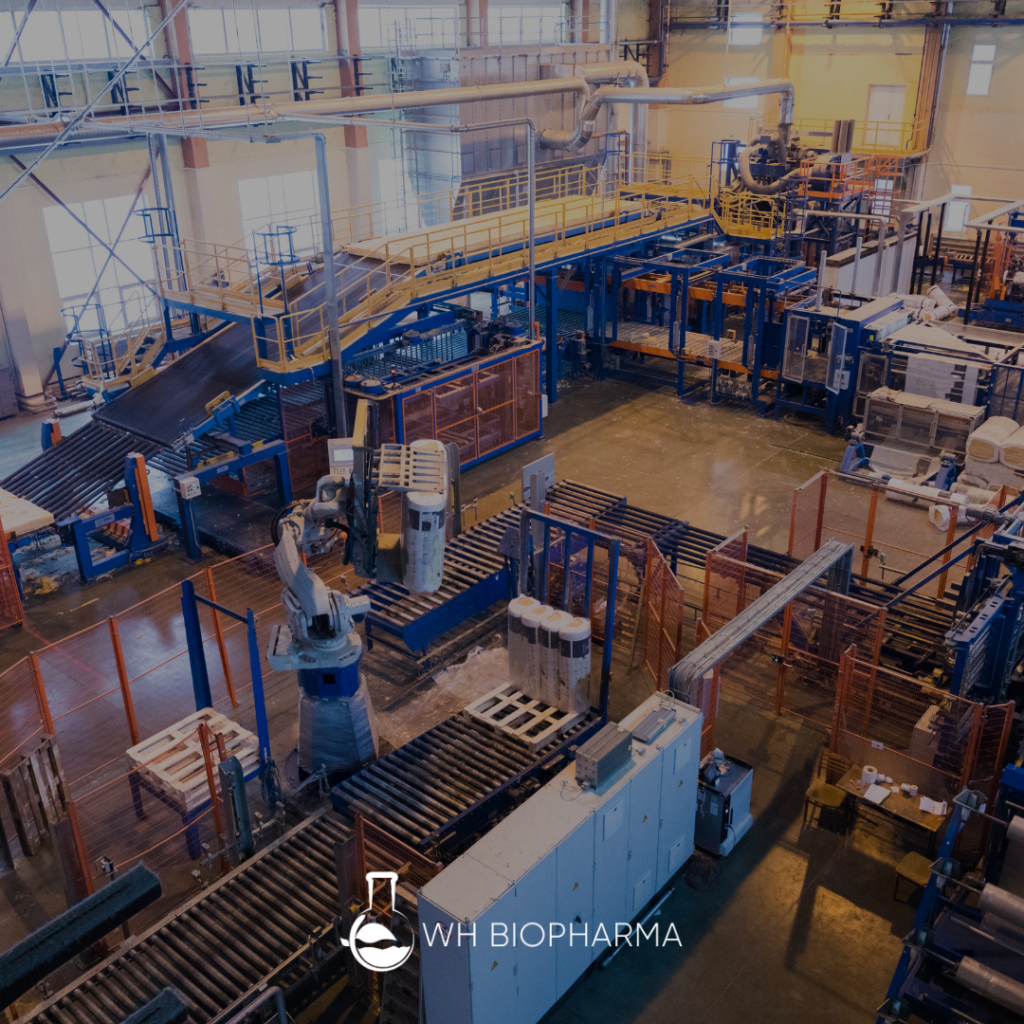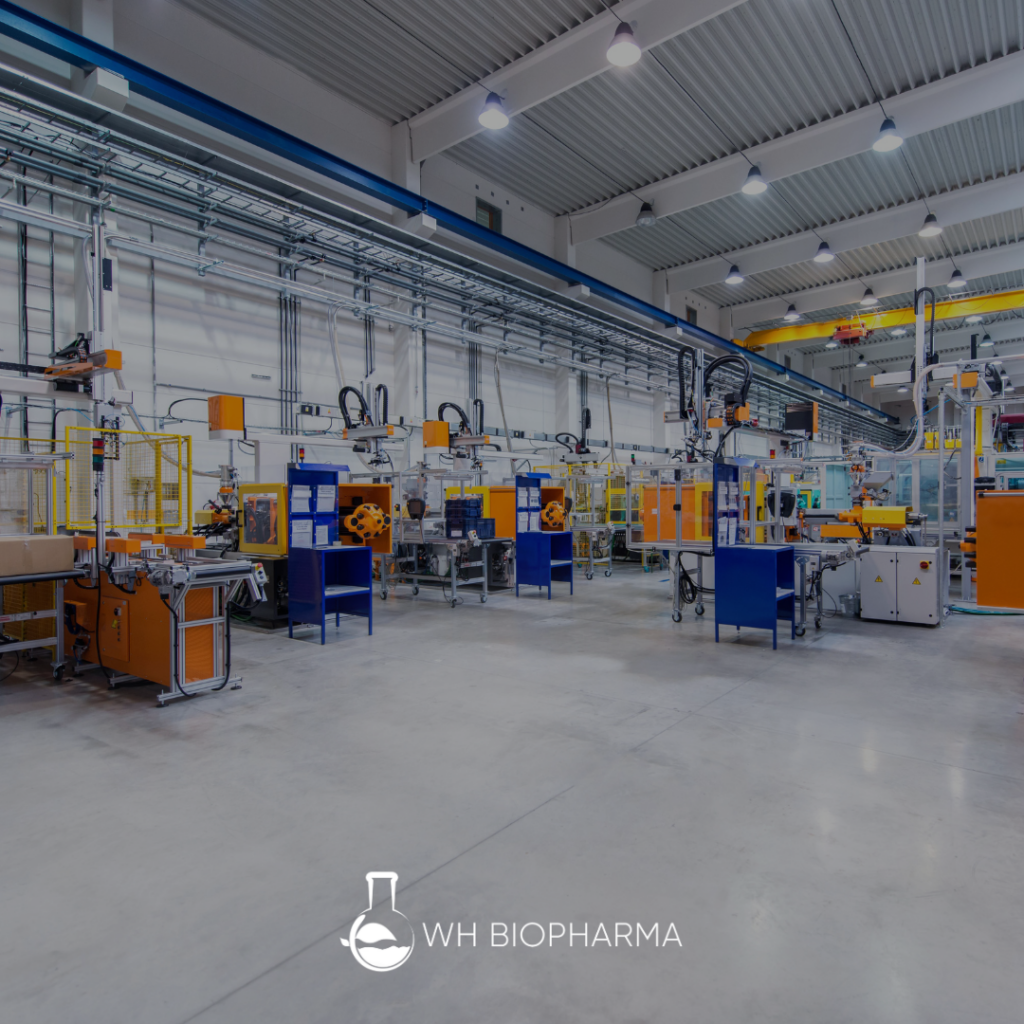The layout and design of a manufacturing facility are critical components of efficient production operations. By optimizing your factory layout, you can enhance material flow, reduce material handling costs, and improve overall productivity. In this guide, we’ll explore the key considerations and strategies for factory layout and design optimization.
Understanding the Importance of Facility Layout

The layout of a manufacturing facility plays a pivotal role in the overall efficiency and effectiveness of operations. It affects material flow, production processes, and material handling costs, all of which are critical factors in optimizing production and meeting customer requirements. Let’s delve into the significance of facility layout in manufacturing.Factory Layout and
Material Flow
Facility Layout: Also known as factory layout, it involves the physical arrangement of machines, workstations, storage areas, and other elements within a manufacturing facility.
Material Flow: It refers to the movement of raw materials, work-in-progress, and finished products through the production processes. An effective layout can streamline material flow, reducing bottlenecks and inefficiencies.
Impact on Manufacturing Operations
Manufacturing Operations: The arrangement of production lines and workstations within the facility directly influences manufacturing operations. A well-designed layout can enhance productivity and reduce production time.
Material Handling Costs: A poorly planned layout can lead to higher material handling costs. Efficient layout design minimizes the distances materials must travel, thus reducing costs.
Production Processes and Lines
Production Processes: The sequence of steps involved in manufacturing a product is closely tied to facility layout. The layout should support a logical flow of production processes.
Production Lines: Layout optimization can lead to the creation of efficient production lines that minimize downtime and ensure a smooth production process.
Optimizing Material Handling Routes
Material Handling Routes: The paths that materials and products follow as they move through the facility. A well-optimized layout reduces the complexity of these routes, reducing material handling time.
Existing Layout: An evaluation of the current layout helps identify inefficiencies and bottlenecks, providing insights into areas for improvement.
Efficient Layout Design
Efficient Layout: The goal of layout design is to create an efficient arrangement of resources. It should minimize wastage, reduce the need for excessive material handling, and improve overall production efficiency.
Manufacturing Planning: Proper layout design is an essential part of manufacturing planning, ensuring that resources are allocated effectively to meet production goals.
Material Storage and Space Utilization
Material Storage: The layout should account for efficient material storage locations, ensuring that raw materials, work-in-progress, and finished products are easily accessible when needed.
Space Utilization: Maximizing the use of available space within the facility contributes to cost reduction and improved productivity.
Meeting Customer Requirements
Customer Requirements: The layout must align with customer demands and product specifications. It should support the production of products that meet quality and delivery expectations.
Improve Productivity: An optimized layout improves productivity, enabling the facility to meet production targets while minimizing errors and delays.
Adopting Layout-Based Design and Optimization
Layout-Based Design and Optimization: This approach involves integrating layout design and optimization into the overall manufacturing process, making it an ongoing and continuous improvement initiative.
Simulation Software: Simulation software can be used to model and test different layout configurations, allowing for informed decision-making and minimizing wasted time during the design phase.
Implementing the Optimized Layout

After the rigorous process of designing and optimizing your manufacturing facility layout, it’s time to move from planning to action. Implementing the optimized layout is a crucial phase that requires attention to detail and careful execution. In this section, we will explore the steps involved in putting your optimized facility layout into practice.
- Pre-Implementation Assessment
Before making any physical changes, conduct a final assessment of the optimized layout. Ensure that all aspects have been thoroughly reviewed, and all necessary adjustments and improvements have been incorporated.
- Develop an Implementation Plan
Create a detailed implementation plan that outlines the specific steps, timeline, and responsible parties. This plan should consider potential challenges, resource allocation, and contingency measures.
- Employee Training
Provide comprehensive training to employees regarding the new layout and any changes in workflows. Ensure that they understand how the optimized layout will affect their daily tasks and responsibilities.
- Equipment Relocation
If the new layout involves moving machinery, workstations, or equipment, coordinate their relocation carefully. This may require specialized handling equipment and trained personnel to ensure a smooth transition.
- Redesign and Relabel Workstations
As workstations and production lines are set up in their new locations, make sure they are correctly configured and labeled. This minimizes confusion and errors during the transition.
- Material Handling
Reconfigure material handling routes to align with the optimized layout. This may include establishing new pathways, updating signage, and ensuring that materials flow efficiently through the new layout.
- Safety Measures
Safety is paramount during implementation. Ensure that safety protocols and measures are in place to prevent accidents and injuries, especially during equipment relocation and layout adjustments.
- Testing and Validation
Before fully transitioning to the new layout, conduct testing and validation. This can involve running trial production runs and addressing any unforeseen issues that may arise.
- Continuous Monitoring
Even after the layout is implemented, continuous monitoring and evaluation are necessary. Keep an eye on how the new layout affects productivity, material flow, and overall efficiency.
- Feedback and Adjustments
Encourage feedback from employees regarding the new layout. Their insights can be invaluable in identifying any challenges or improvements that may not have been apparent during the planning phase.
- Document Changes
Keep comprehensive records of the layout changes, the reasons behind each adjustment, and the outcomes. This documentation is vital for tracking progress and making future improvements.
- Ongoing Optimization
Remember that facility layout optimization is an ongoing process. As your production needs and market conditions change, your layout may need further adjustments to stay aligned with your objectives.
Implementing the optimized layout is a significant undertaking, but it’s a critical step toward improving efficiency, reducing costs, and meeting customer requirements. By carefully planning, executing, and monitoring the transition, you can ensure a smooth and successful implementation that maximizes the benefits of your optimized layout.





